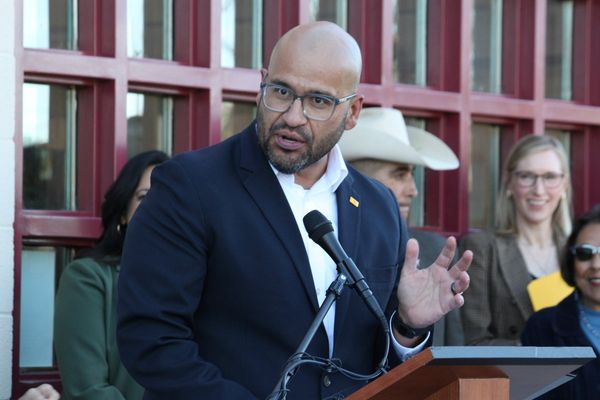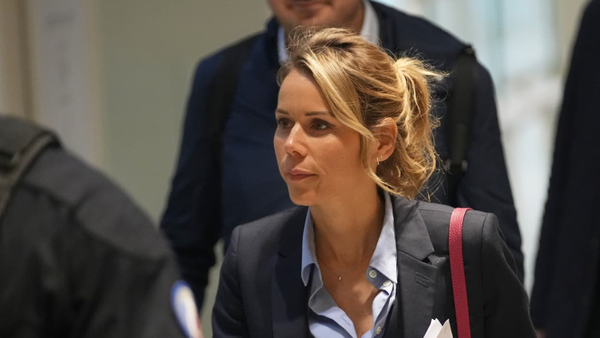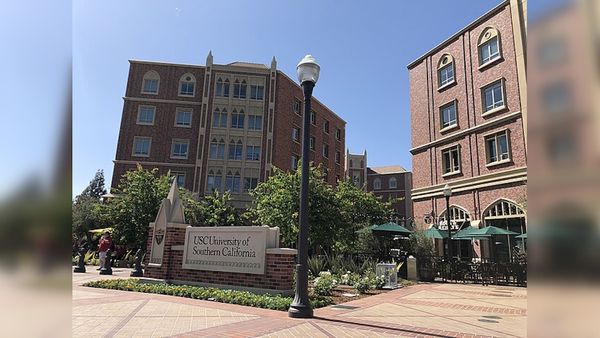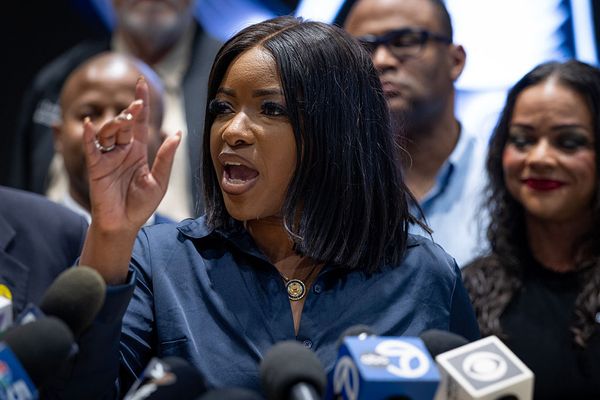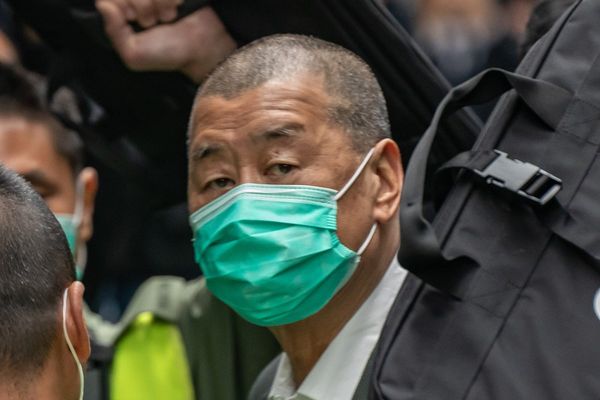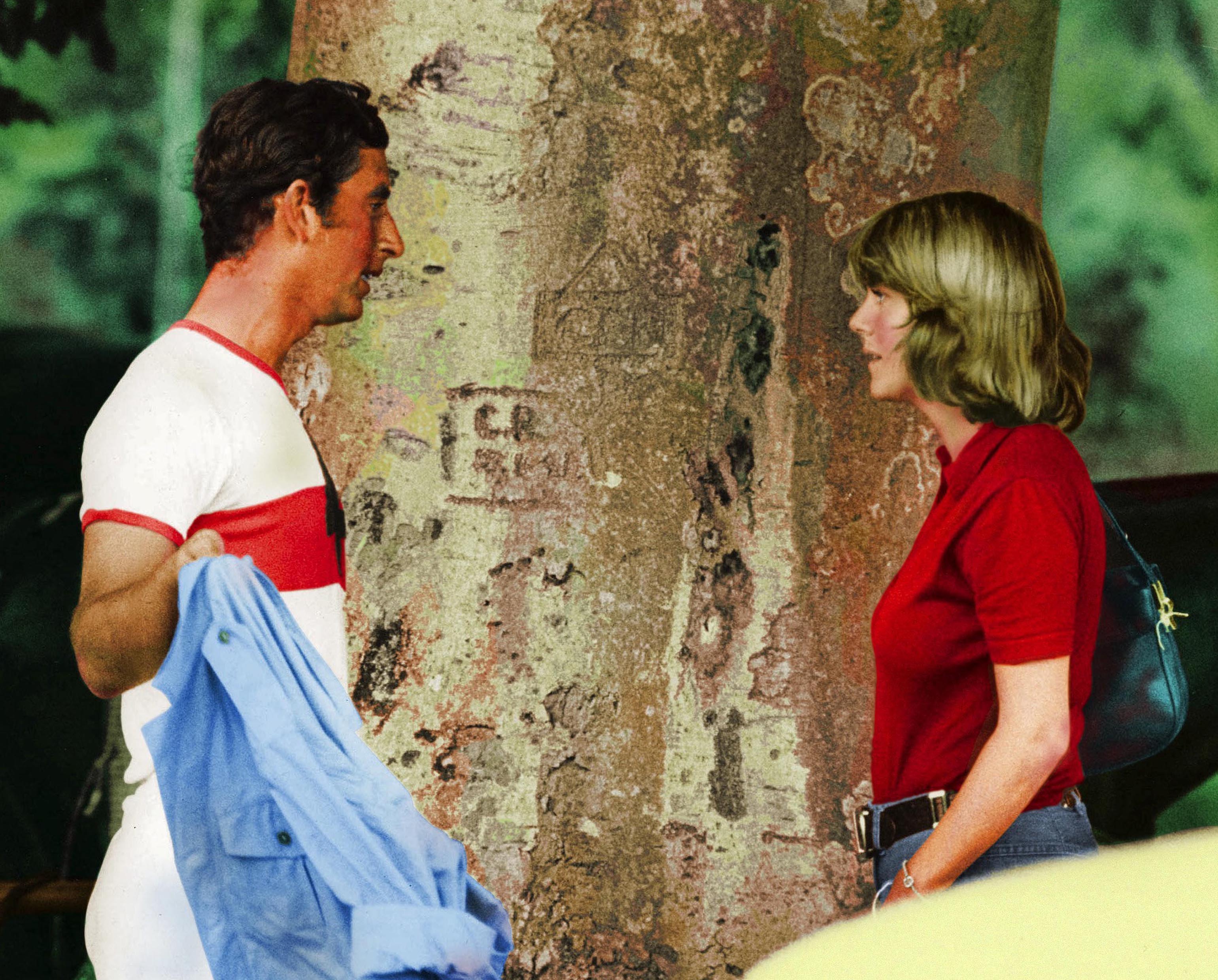
The fourth series of Netflix’s The Crown has once again raised questions about the real lives of the British royal family. Particularly with the introduction of Princess Diana – the story of Prince Charles’ love life has become a prime focus.
While Charles married Princess Diana as part of a publicly perceived “whirlwind romance” back in 1981, The Crown shows that the prince already had an ongoing relationship with Camilla Parker Bowles.
The relationship between Charles and Camilla began before Charles had even met Diana - in 1970 - and culminated in their marriage in 2005, after the death of Charles’ first wife and Camilla’s divorce of her first husband. But why did they not get married the first time if they were as besotted as the Netflix drama portrays them to be?
Here’s everything you need to know about why the royal couple didn’t marry when they first met.
When did Prince Charles and Camilla meet?
The couple first met through a mutual friend at a polo match at Windsor Great Park in 1970. Camilla had previously been romantically involved with army officer Andrew Parker Bowles, who would go on to be her first husband, but at this time Andrew was dating Princess Anne.
From the start the romances of the social circle are complicated and overlapping. Royal biographer Sarah Bradford wrote in her book, Diana: “Princess Anne was in love with [Andrew], Camilla was in love with Andrew, Charles was in love with Camilla, Camilla was having some of it but she was also potty about Andrew–all this intrigue was going on.”
Regardless, Camilla and Charles were reportedly very taken with each other from the beginning, with Charles particularly admiring Camilla’s extroverted personality and tomboy image, but most importantly "not in anyway overawed by him, not fawning or sycophantic," according to royal biographer Penny Juror in The Duchess: Camilla Parker Bowles and the Love Affair That Rocked the Crown.
Why didn’t they get married?
After their first meeting Charles and Camilla did briefly date but their relationship came to an end when Prince Charles joined the Royal Navy. It was also rumoured that Camilla’s “party girl” image and her lower social standing contributed to pressure on the prince to choose a different bride.
As we see in the first episode of The Crown’s fourth series, Prince Charles’ mentor and father figure Lord Mountbatten encouraged him to find a “suitably attractive and sweet-character girl before she has met anyone else she might fall for”. Due to Camilla’s life experience, she did not fit this bill and arguably the late Diana did.
While Charles was away Camilla got back together with Andrew and married him in 1973, much to the prince’s disappointment.
Royal biographer Gyles Brandreth has since suggested that the pair were suited from the beginning. In his book Charles & Diana: Portrayal of a Love Affair, he wrote: "With hindsight, you can say that Charles should have married Camilla when he first had the chance. They were ideally suited, we know that now. But it wasn't possible. It wouldn’t have been possible, not then.”

When did they get married?
Andrew Parker Bowles and Camilla divorced in 1995, closely followed by Prince Charles and Princess Diana’s divorce in 1996. Charles then declared his relationship with Camilla as “non-negotiable”.
Camilla moved into Clarence House, Charles's household and official residence in 2003, and the couple announced their engagement in 2005. Their wedding – on 9 April 2005 – was approved by the Queen as a civil ceremony (due to the fact that both were divorced at this point), and was followed by a religious blessing at Windsor Castle.
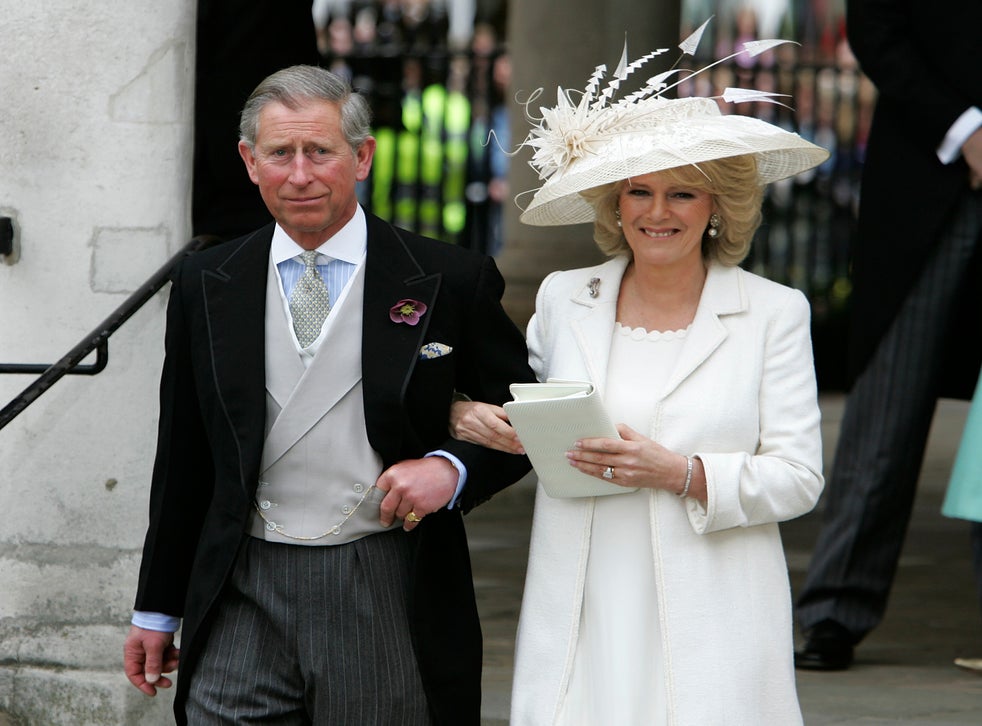
The Queen did not attend the ceremony, as the couple reportedly wanted to keep things low key, but attended the church blessing and hosted the reception. As the head of the Church of England, she opted not to attend a civil ceremony to stay true to her royal duties.
"The venue was never the issue for the Queen," a senior royal aide told The Telegraph. "The civil nature of the service is the issue. She did not feel it was appropriate for her to attend."
